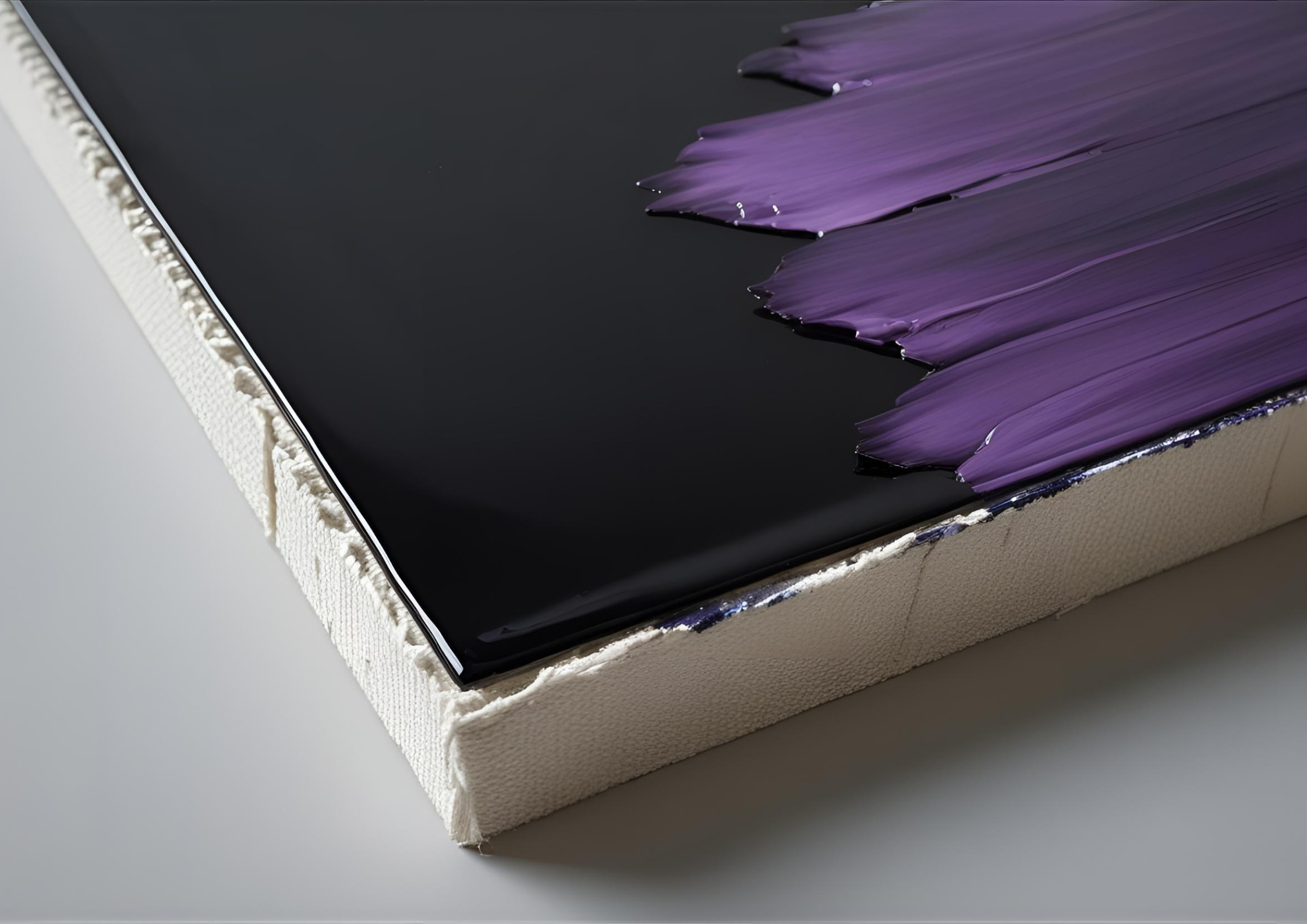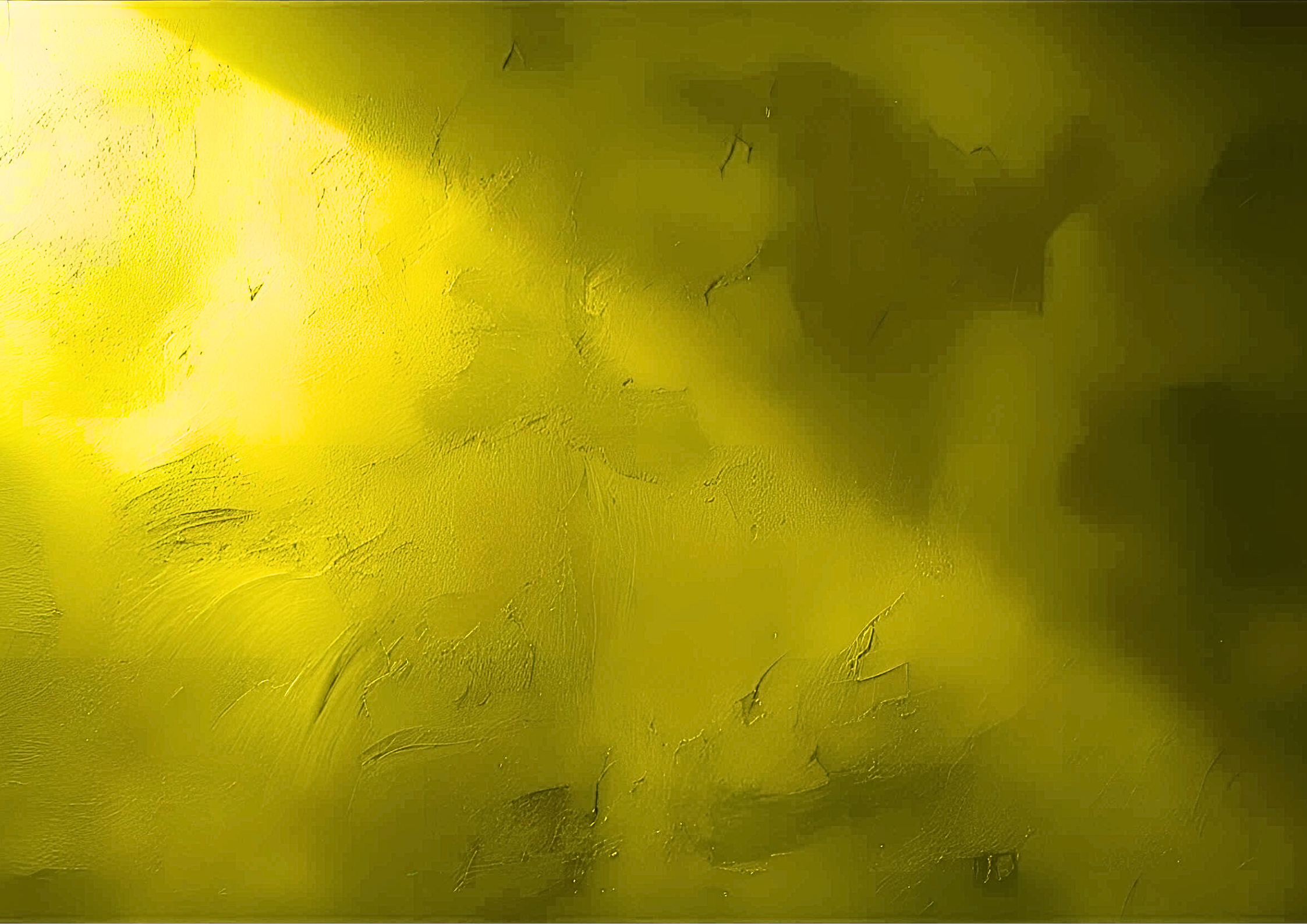Surfaces
Where color meets memory. Marks, gestures, textures—held in place like a feeling you can touch.






The Politics of Gloss: On Slippery Surfaces and the Future of Finish
The Politics of Gloss: On Slippery Surfaces and the Future of Finish
The world is getting glossier.
Our objects shimmer. Our screens shine. Our faces are filtered into gleam. We live surrounded by luminous skins—polished, plated, perfected—each one promising more than it reveals.
The Politics of Gloss: On Slippery Surfaces and the Future of Finish
The world is getting glossier.
Our objects shimmer. Our screens shine. Our faces are filtered into gleam. We live surrounded by luminous skins—polished, plated, perfected—each one promising more than it reveals. But gloss is not neutral. It is not merely a style. Gloss is a code, a power, a boundary. It seduces, it deflects, it denies entry.
In the age of frictionless design and biotech sheens, the surface has become an interface of ideology. Who gets to shine? Who stays matte? And what does it mean to finish a work, anyway?
Gloss Is Power
Historically, gloss has always meant more.
A glossy oil painting in a Dutch home? Wealth.
A lacquered cabinet in an imperial court? Power.
A chrome car? Status. Sex. Speed. Danger.
To polish something is to render it untouchable—a surface that resists both time and hands. Gloss hides the labor that made it. It says: I emerged whole. I was never messy. It says: Don’t look behind this skin. It is the ultimate cosmetic: sealing the wound of process, erasing the trace of making.
Even today, in the age of digital everything, the gloss remains aspirational. Phones are buffed to brilliance. Shoes mirror the sky. Nails gleam like synthetic pearls. To shine is to signal not just beauty, but superiority.
Matte as Resistance
But some artists refuse to shine.
There’s a defiance in leaving something raw. The cracked glaze. The rough edge. The unpainted back of the canvas. Matte doesn’t seduce — it confronts.
In contemporary ceramics, textiles, and sculpture, a deliberate dullness has become its own kind of signal. It says: I am not here to please. I will not vanish into perfection.
It says: Touch me. I will remember.
Matte absorbs light instead of reflecting it. It absorbs time. It carries the trace of breath, the press of a thumb. It lets the making show. In this way, matte is sometimes the more intimate surface — the more honest.
But even matte can be performative. Not all roughness is radical. Not all “unfinished” work is resisting capitalism. Sometimes the crack is curated.
Frictionless Futures
Let’s step forward — or sideways — into the surface of the not-quite-yet.
Imagine a painting that repels dust at the molecular level.
A sculpture coated in bio-reactive glaze that responds to your skin chemistry.
A mural that becomes glossier the longer you stare at it.
These aren’t dreams. They’re prototypes.
Labs around the world are developing quantum primers, nano-brushed interfaces, frictionless membranes. In these new materials, gloss is no longer just cosmetic — it is functional, communicative, even alive. The surface is no longer just the outer layer. It is the organ of interaction.
What happens to art when its surface outthinks the viewer?
The Surface Is a Lie Told Beautifully
Gloss lies. That’s its job.
It tells us that the object is whole, complete, finished.
It tells us that we’re seeing everything — even when we’re not.
But gloss is also where myth lives. The sheen of the sacred. The reflective pool in every fairytale. The chrome mask of the unknown. Gloss can be divine, or alien, or simply… distracting.
The future of finish isn’t about style. It’s about permission.
What are you allowed to touch? What are you meant to admire only from a distance?
What finishes speak of truth, and which conceal it?
Let It Shine (Or Don’t)
In the end, gloss is a choice. So is matte. So is every surface in between.
As artists, makers, beings, and worldbuilders, we are always deciding how much friction we want to leave behind. The gloss can dazzle. The matte can ground. And sometimes, the most powerful surface is the one that refuses to reflect at all.



















